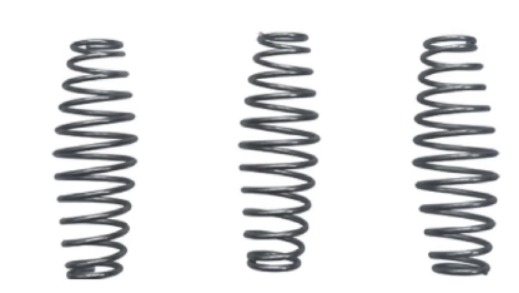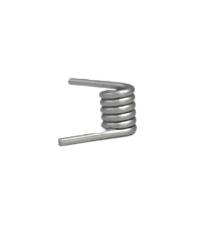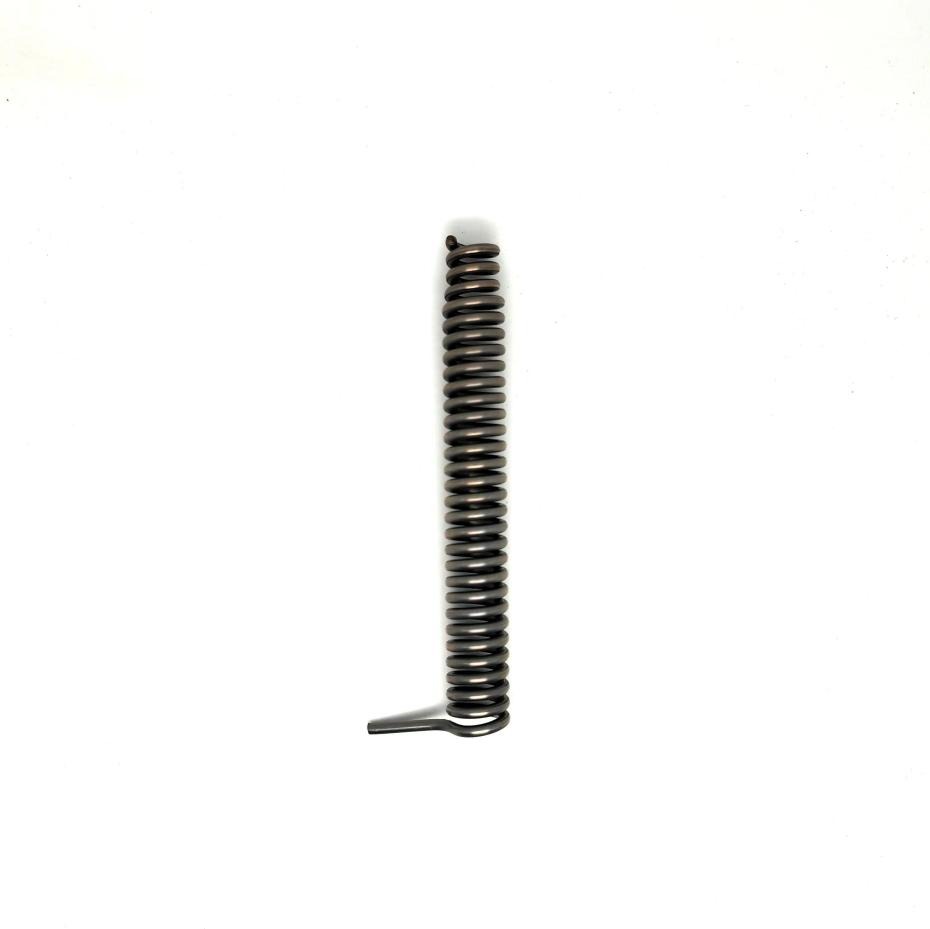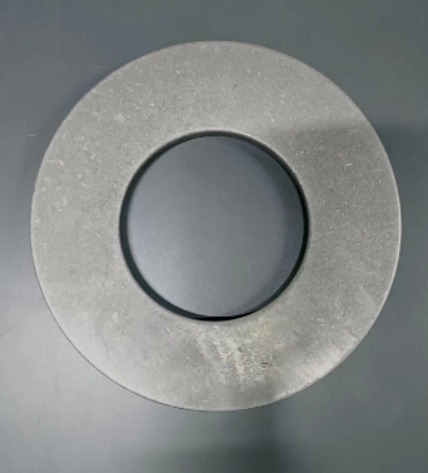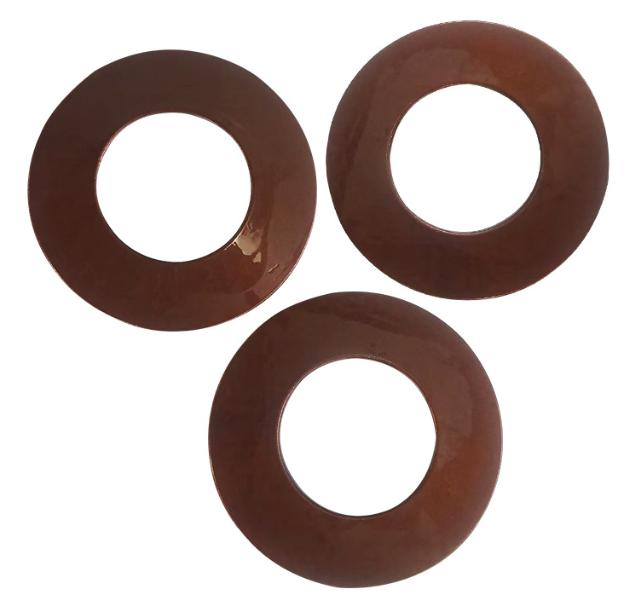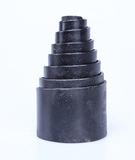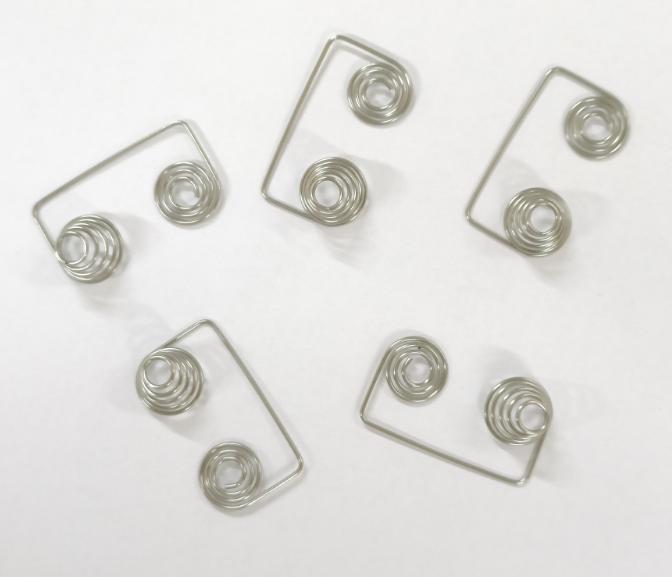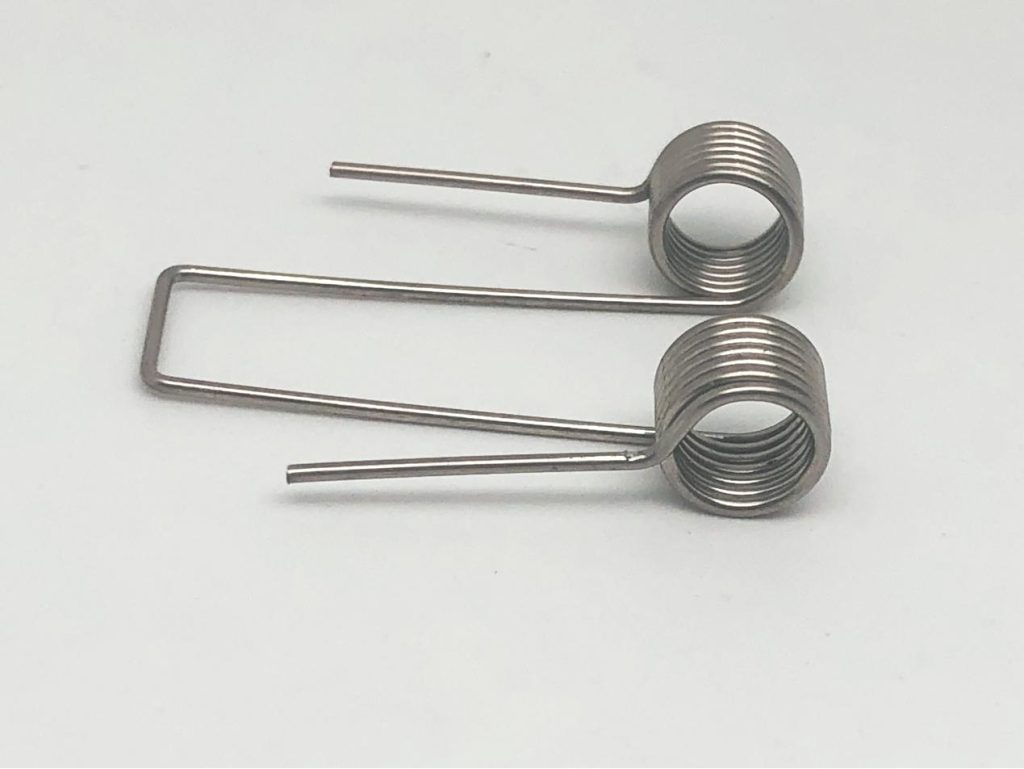Customized Solutions for Torsion Springs
Torsion springs are critical components in many mechanical systems, providing rotational force or torque. While standard torsion springs are readily available, they often fail to meet the specific demands of unique applications. Customized solutions for torsion springs offer tailored designs that cater to precise requirements, ensuring optimal performance and longevity. This article delves into the significance, applications, and process of custom torsion spring solutions.
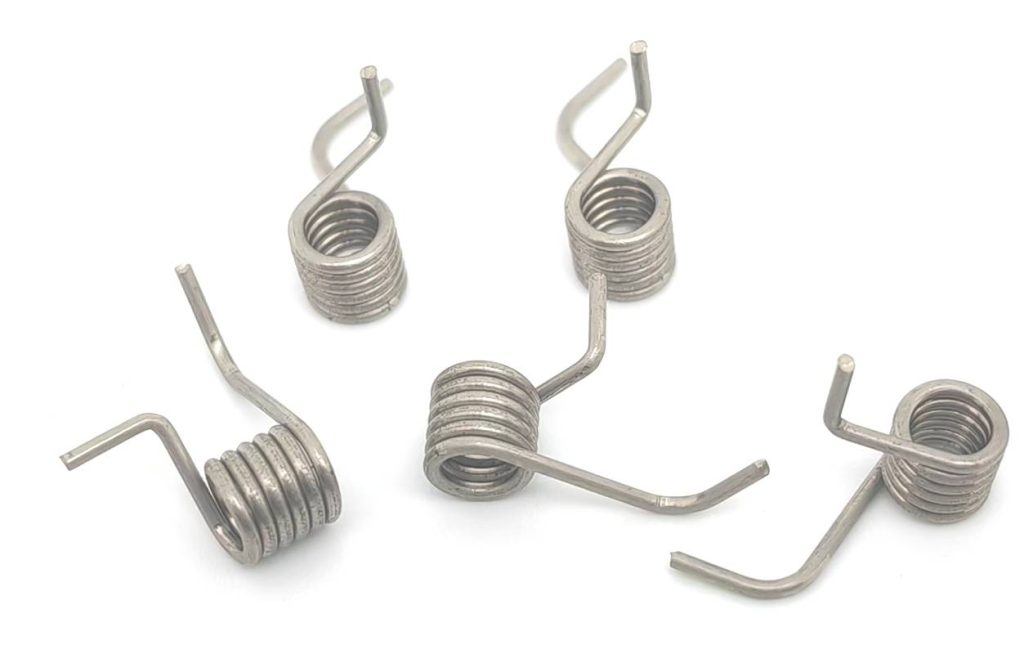
The Importance of Customized Torsion Springs
Torsion springs are mechanical springs that operate by twisting their ends along their axis. They store and release energy in the form of torque when twisted. These springs are commonly used in applications where rotational motion is required, such as torsion springs used in garage doors. While standard torsion springs are suitable for many general applications, customized torsion springs are designed to meet specific needs that standard options cannot fulfill. Customization allows for adjustments in:
- Dimensions: Tailoring the length, diameter, and coil size to fit the application perfectly.
- Material: Choosing materials that provide the necessary strength, flexibility, and resistance to environmental factors.
- Torque and Load Capacity: Designing springs to handle the precise amount of torque and load required.
- Environmental Resistance: Ensuring springs can withstand specific environmental conditions such as extreme temperatures, moisture, and corrosive elements.
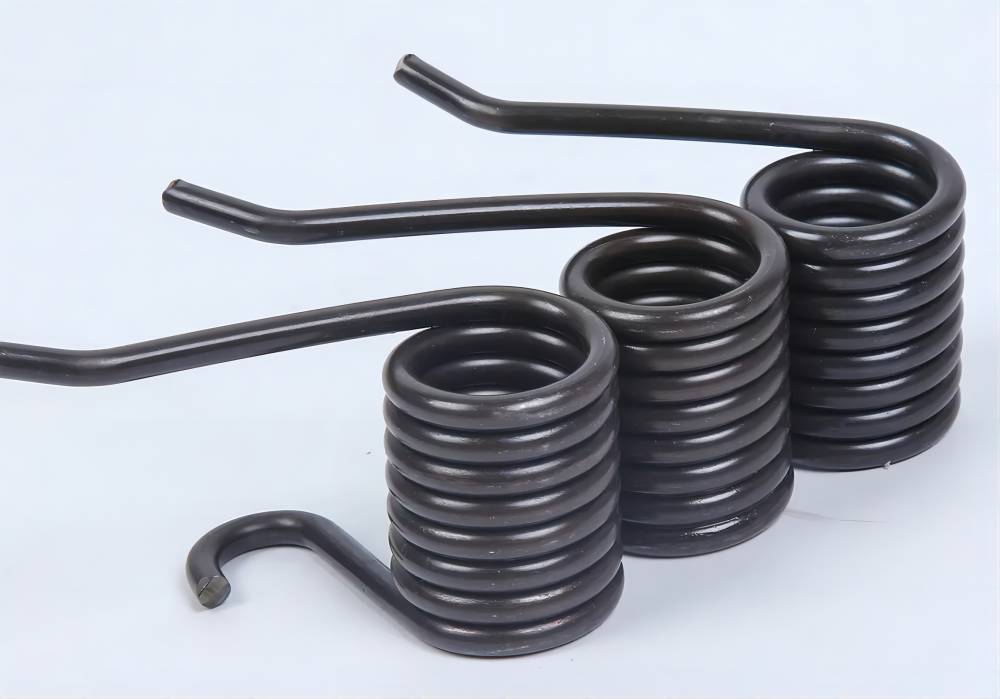
Applications of Customized Torsion Springs
This chart highlights the diverse applications of custom torsion springs, demonstrating their importance in various industries and the specific requirements they fulfill to ensure optimal performance and reliability.
| Industry | Application | Specific Requirements | Benefits |
| Aerospace | Aircraft control systems, landing gear, satellites | High strength, resistance to extreme temperatures and pressures, precise torque control | Reliable performance, safety, and durability |
| Medical Devices | Surgical instruments, diagnostic equipment, prosthetics | High precision, reliability, biocompatibility, resistance to sterilization processes | Accurate performance, safety, and long lifespan |
| Automotive | Throttle controls, suspension systems, transmission systems | Durability, resistance to high stress and harsh conditions, precise torque and load handling | Enhanced vehicle performance, safety, and longevity |
| Consumer Electronics | Hinges and buttons in laptops, smartphones, cameras | Compact size, precise torque, durability, resistance to wear | Smooth operation, reliability, and space efficiency |
| Industrial Machinery | Clamping mechanisms, conveyor systems, automated tools | Robustness, high load capacity, resistance to wear and environmental factors | Improved efficiency, reliability, and reduced downtime |
Manufacturing Process of Customized Torsion Springs
The manufacturing of customized torsion springs involves a series of precise and controlled steps to ensure the final product meets the specific requirements of the application.
1. Initial Consultation and Requirement Analysis
The process begins with an in-depth consultation between the manufacturer and the client. This step is crucial for understanding the specific needs and constraints of the application. Key considerations include:
- Load capacity and torque requirements
- Dimensional specifications (length, diameter, coil size)
- Material preferences and environmental conditions
- Expected operational cycles and lifespan
2. Design and Prototyping
Using advanced computer-aided design (CAD) software, engineers create detailed models of the torsion spring. This stage involves:
- Design Specification: Defining the precise dimensions, coil geometry, and leg configuration.
- Simulation and Analysis: Running simulations to predict the spring’s performance under various conditions.
- Prototype Development: Creating prototypes to test the design in real-world scenarios. Adjustments are made based on the test results to refine the design.
3. Material Selection
Selecting the appropriate material is critical for the performance and durability of a torsion spring. Common materials include:
- Stainless Steel: Known for its corrosion resistance and strength, suitable for harsh environments.
- Carbon Steel: Offers high strength and flexibility, ideal for general applications.
- Alloys: Specialized alloys may be chosen for specific properties like high-temperature resistance or enhanced fatigue life.
The choice of material is based on factors such as load requirements, environmental conditions, and the desired lifespan of the spring.

4. Precision Manufacturing
The manufacturing phase involves several steps to transform the raw material into a precision-engineered torsion spring:
- Wire Forming: Using CNC (computer numerical control) machines, the wire is precisely wound to the specified dimensions. The number of coils, coil diameter, and pitch are controlled to ensure consistency.
- Bending and Shaping: The legs of the spring are bent to the desired angles and shapes, depending on the application requirements.
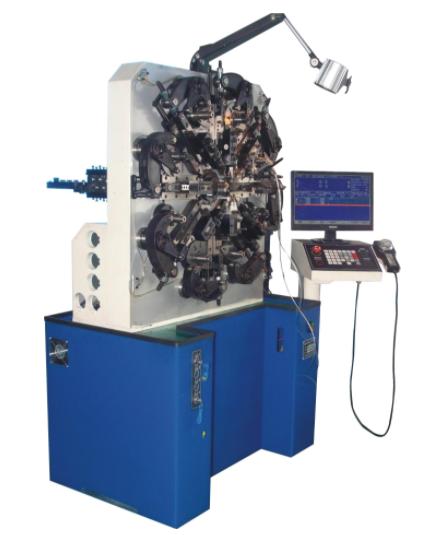
5. Heat Treatment
Heat treatment processes are applied to enhance the mechanical properties of the spring. This step typically involves:
- Hardening: Heating the spring to a high temperature and then rapidly cooling it to increase hardness and strength.
- Tempering: Reheating the spring to a lower temperature and then cooling it slowly to improve toughness and reduce brittleness.
Heat treatment improves the spring’s ability to withstand repeated stress without deforming or breaking.
6. Surface Treatment
Depending on the application, various surface treatments are applied to protect the spring from environmental factors and wear:
- Plating: Coating the spring with a layer of metal, such as zinc or nickel, to enhance corrosion resistance.
- Coating: Applying a protective layer, such as powder coating or polymer coating, to improve durability and reduce friction.
Surface treatments extend the lifespan of the spring and ensure reliable performance in demanding conditions.
7. Quality Assurance and Testing
Quality assurance is a critical step to ensure that the customized torsion springs meet the required standards and specifications. This involves:
- Dimensional Checks: Verifying that the spring’s dimensions match the design specifications.
- Load Testing: Assessing the spring’s ability to handle the specified loads and torque.
- Performance Evaluation: Testing the spring in conditions that mimic its intended application to ensure it performs as expected.
Rigorous testing and inspection procedures help identify any defects or deviations, ensuring that only high-quality springs are delivered to the client.

Conclusion
Customized solutions for torsion springs offer significant advantages over standard options, particularly for applications with specific requirements. By understanding the specific needs of an application and utilizing advanced manufacturing processes, these springs ensure optimal performance, reliability, and longevity. As industries continue to evolve and demand more specialized components, the importance of custom torsion springs will only grow, driving innovation and efficiency across various fields.

